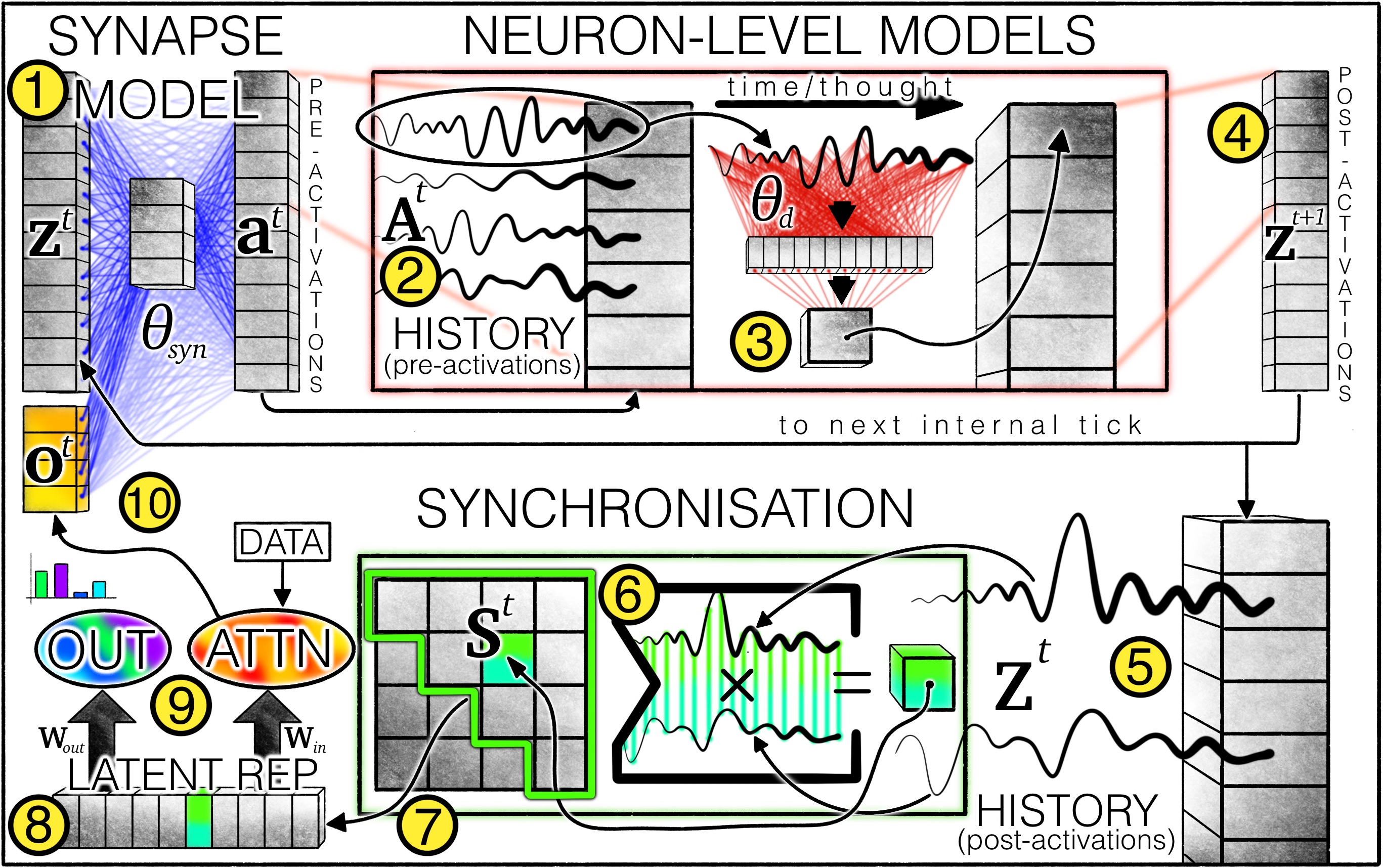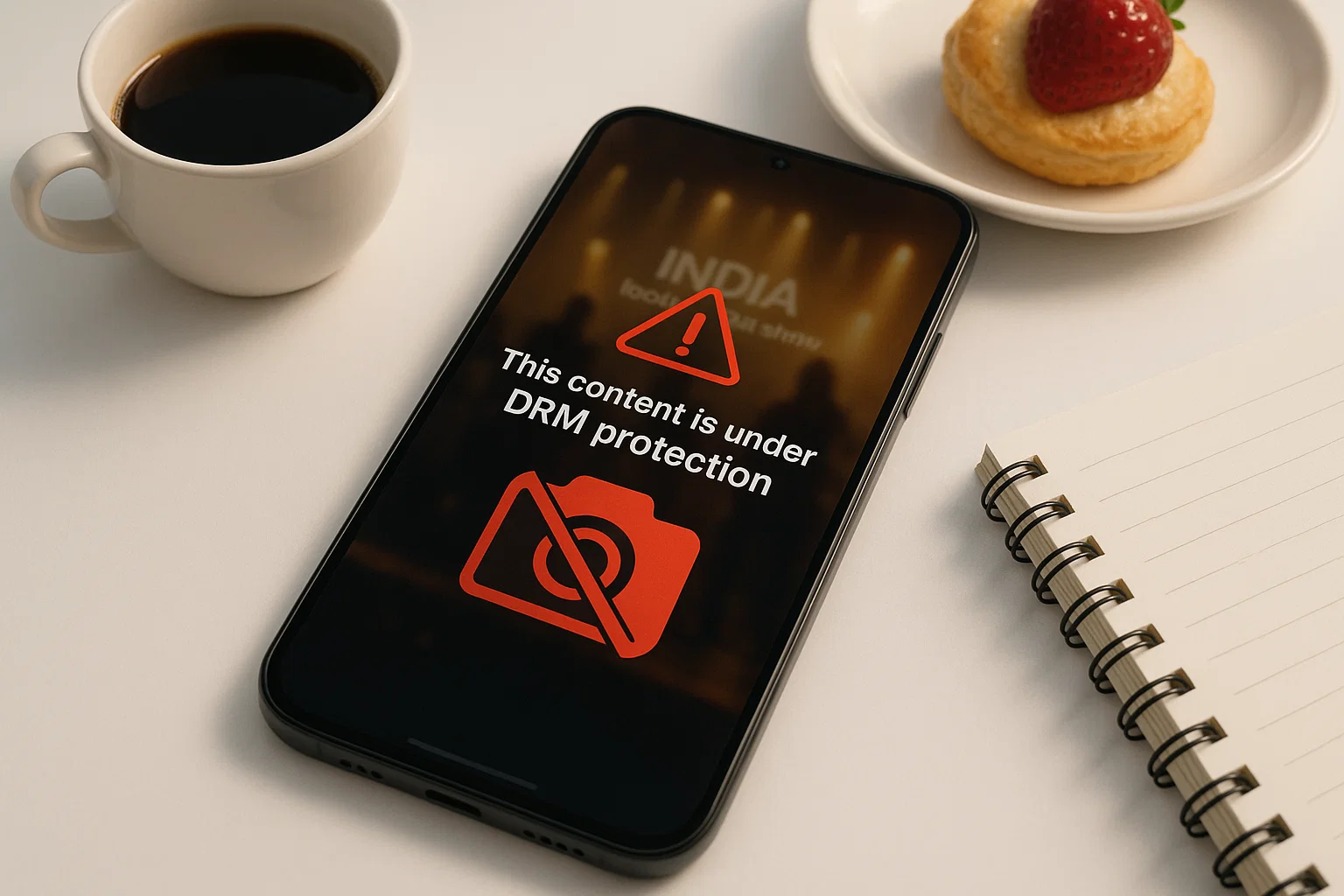
How to Dramatically Reduce Latency in IP Streaming for Sports, Fitness, and E-commerce
2025-04-21
For professionals operating master control rooms (MCRs), latency isn't just an inconvenience—it directly impacts audience engagement, viewer satisfaction, and ultimately, business outcomes. Whether you’re managing a live sports event, streaming fitness content, or powering live e-commerce platforms, minimizing latency is critical. Here, we’ll explore proven strategies to significantly reduce IP streaming latency, tailored specifically for enterprise-level operations and B2B SaaS users.
Understanding Latency and Its Impact
Latency refers to the delay between capturing an event and its playback on a viewer's screen. In high-stakes streaming environments like sports, fitness classes, or e-commerce live selling, even milliseconds matter. Excessive latency can degrade the viewer experience, disrupt real-time interaction, and negatively affect engagement and sales.
Why Low Latency Matters in Your Industry
- Sports Events: Fans demand instantaneous reactions to live actions. Delayed streams diminish excitement and viewer satisfaction.
- Fitness Channels: Real-time interaction between instructors and participants enhances engagement and motivation.
- E-commerce Platforms: Immediate feedback loops are crucial to converting viewers into buyers during live commerce events.
Proven Strategies to Reduce IP Streaming Latency
1. Adopt Ultra-Low Latency Protocols
Utilizing low-latency protocols such as WebRTC, SRT (Secure Reliable Transport), and LL-HLS (Low Latency HTTP Live Streaming) significantly reduces transmission delays. Medialooks highlights the effectiveness of these protocols in achieving near-real-time streaming, crucial for interactive experiences (source).
As BlendVision’s BV One, our pricing is more competetive and provides ultra-low latency solutions specifically optimized for high-quality, real-time streaming across multiple sectors (learn more).
2. Optimize Network Infrastructure
Ensuring a robust, well-designed network infrastructure is vital. Active Silicon recommends reducing latency by prioritizing network traffic and using quality of service (QoS) features to maintain consistent streaming performance (read more).
3. Enhance Encoding Efficiency
Efficient encoding directly impacts streaming latency. Opting for codecs optimized for low latency, such as H.264 or H.265, and fine-tuning encoder settings reduces encoding overhead. Evercast notes that careful adjustment of encoding parameters can significantly improve broadcast quality and reduce latency (details here).
At BlendVision, we specialize in delivering industry-leading encoding and compression solutions that drive superior media performance. One of our core strengths is mastering the balance between high-quality output and efficient transmission. We continuously refine our encoding techniques to ensure that media assets retain their visual fidelity even under constrained network environments. Whether it's live broadcasting, VOD, or large-scale content distribution, BlendVision’s solutions are built to maximize both speed and reliability. To learn more about how H.264 and H.265 empower high-quality, efficient streaming, check out our in-depth article here.
4. Minimize Buffer Size
Reducing buffer sizes at the streaming source and playback device decreases delays. Data Projections explains that shorter buffer lengths lead to faster data transmission and reduced overall latency (explore further).
5. Optimize Hardware and Software Setup
Streamlining your hardware and software significantly impacts latency. Castr advises regularly checking your streaming hardware’s compatibility and capabilities, ensuring the device meets high-performance standards essential for maintaining low latency (more tips).
BlendVision offers comprehensive OBS tutorials and resources to help enterprises effectively manage and optimize their streaming setups for minimal latency (OBS guide).
6. Utilize Edge Computing and CDN Solutions
Leveraging edge computing and content delivery networks (CDNs) effectively distributes content closer to viewers, significantly reducing latency. Fastpix emphasizes the use of advanced CDNs in combination with edge computing solutions to deliver seamless streaming experiences (detailed guide).
BlendVision’s advanced CDN and edge solutions specifically target low latency streaming needs for enterprise-grade reliability (ultimate guide).
Implementing Solutions with BlendVision
BlendVision’s enterprise-grade IP streaming solutions are designed specifically for reducing latency in demanding environments. The platform combines robust hardware compatibility, optimized encoding, advanced protocols, and integrated CDN services to ensure ultra-low latency streaming.
Learn more about how companies successfully implemented BlendVision solutions to drastically reduce latency and enhance viewer experiences (customer success stories).
Final Thoughts
Reducing latency is essential for real-time interactions in sports, fitness, and e-commerce streaming scenarios. By leveraging specialized protocols, optimizing infrastructure and settings, and employing robust CDN and edge computing solutions, enterprises can achieve dramatically improved performance. BlendVision offers tailored solutions and comprehensive support to ensure your streaming meets the highest industry standards and exceeds audience expectations.
Like This Article?
Stay ahead of the curve—subscribe to our newsletter and get the latest updates, expert insights, and exclusive content delivered straight to your inbox. Whether you're looking for tips, trends, or behind-the-scenes stories, we've got you covered. Don’t miss out—join our growing community today!
LET'S TALK!
Interested in a demo, free trial, or pricing? Fill out the form, and one of our consultants will get in touch to assist you.
Related Articles

Empowering SI Partners with Seamless API Integration and AI Video Analysis: The BlendVision Advantage
BlendVision enables SI partners with developer-friendly APIs, AI video analysis, and secure VOD/DRM tools. Build faster, smarter B2B SaaS solutions with BlendVision.

CTM vs GPT: A New Chapter in AI and What It Means for the Future of Enterprise SaaS
Discover how Sakana AI’s CTM (Composable Thought Model) compares to GPT and why it could redefine modular AI for enterprise SaaS platforms. Learn what it means for your business.

Why Enterprises Need Stronger DRM: A Deep Dive into Content Protection with BlendVision
Learn what DRM is, why Indian enterprises need it, and how BlendVision’s multi-DRM solution protects video content across platforms. From edtech to OTT, discover the smart way to prevent piracy.

